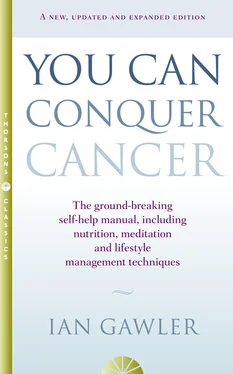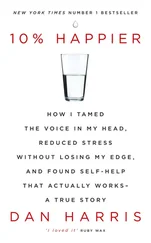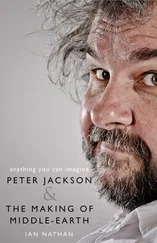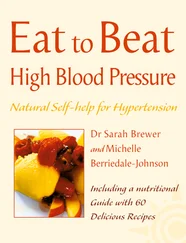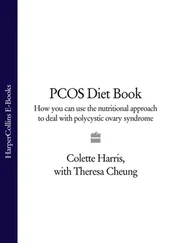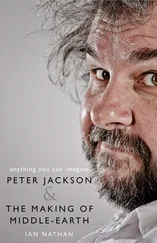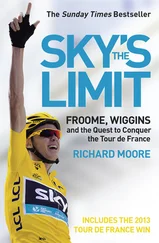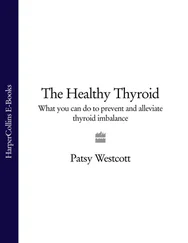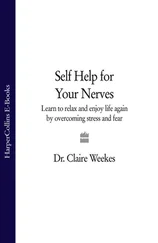While in general the earlier in the course of the illness a person begins using this approach, the easier they will find it and the better their result, for those making a later start there is still the real prospect of overcoming cancer. There are always genuine grounds for hope, plus the bonus of overcoming fear and the problems associated with the disease. For many others there is the exciting prospect of using this approach to prevent cancer. I have found that, indeed, you can conquer cancer.
A Commitment to What Works
This is a book about what works. The essence of this book has been distilled in the cauldron of major disease. People faced with cancer take life seriously—very seriously. They want answers. They want to know what works. They need to know what works.
What you are reading in You Can Conquer Cancer represents the accumulated wisdom of thousands of people over several decades who were all focused on these question: What are the best things to do? How best to respond to the many challenges cancer presents? How to recover physically? How to transform what for many at first diagnosis was shock and fear? How to transform the potential suffering of this illness into good health and long-lasting well-being?
The reality is that between the thousands of people I have worked closely with, we have tried many things. In fact, between us, we have tried most, if not all, the things you could think of, and probably quite a few you could not! My job has been to collect, distill and communicate the lessons learned from all this experience—this experience of what works. It is presented here in the hope that you too will benefit from the experience of so many others, and from the knowledge that comes out of it.
Of course, both myself and the many people I have worked with as group participants and colleagues value science and its evidence base. I love research, read lots of it, take it into account, and highly value it. But then science needs to be tested in the real world. So in this book, the focus is on what works in practice, what I can share with you based on so much practical experience. As such, I have deliberately chosen not to attempt to document what I present with more than rudimentary research evidence. This book is not intended for research scholars it is intended for practical use.
I first wrote this book back in 1984, and have thoroughly rewritten it in 2012. On both occasions I had in mind what I would say if I was speaking personally to the most valued person in my life. What follows is the best I can offer. It is informed by research; much of the book is validated by research. But unashamedly I suggest its real strength is that it is the product of shared human experience.
The accumulated experience of all the people I have been blessed to work with, gathered together here in this one book, can save you a lot of time. It may even save your life!
This book, then, focuses upon the principles of self-healing. What you can do to restore natural health, what you can do to help someone you love and care for. As a bonus, for those still well, the book can guide you directly with how you can prevent illness and experience lasting good health.
You Can Conquer Cancer presents an integrated approach, a guide to health and well-being.
Gratitude
There is nothing like sitting and talking with a room full of people whose lives are on the line to clarify what is important and what works. This book is a tribute to all the thousands of people affected by cancer who over three decades have helped to test, trial and debate the possibilities. The strength of the book resides in the fact that what it presents has been tested in the crucible of human experience, intense human experience, the intensity of aiming to overcome cancer and all the challenges it presents. So my gratitude, and respectfully I would suggest, your gratitude as the reader, needs to go to those people whose experiences the book reflects. This book stands as testament to their commitment and achievements.
There is a need to acknowledge and thank my two main meditation teachers, Dr. Ainslie Meares and Sogyal Rinpoche. It is useful to be aware that it was only a few decades ago that medical innovators like Dr. Meares began to identify the health-promoting possibilities of the ageless forms of meditation and adapt them to modern, everyday problems. Dr. Meares’ first major contribution in this area was popularized in his international best seller Relief Without Drugs, first published in 1967. 1I was fortunate indeed that at the time when my cancer recurred in 1975, Dr. Meares was putting forward his hypothesis that intensive meditation may help people with advanced cancer to recover. I was then equally fortunate to meet the great Tibetan lama Sogyal Rinpoche in 1985 and I continue to learn from him. Rinpoche, as he is known, is the author of the international classic The Tibetan Book of Living and Dying 2and has been at the forefront of bringing the ancient wisdom of the Tibetans into a vibrant, modern context. What I can offer regarding meditation stems largely from these two great teachers, Dr. Meares and Sogyal Rinpoche, along with the many people who have taught me as I attempted to teach them.
You may be able to imagine that working in this field has its challenges. I have so much gratitude to my wife, Ruth Gawler, for all that she does to support me both professionally and personally. Ruth is an extraordinary doctor, a wonderful meditation and yoga teacher, and she has had a profoundly positive impact on so many people she has counseled. She has taught me what real love is and it is a delight to be married to her.
I have also been fortunate to work with many extraordinarily talented and compassionate colleagues. I think of the many people who volunteered to sit on the Gawler Foundation’s board and the many staff I have worked with. Of course things go up and down a little when you work with lots of people, but one thing that has been a constant is the clarity of purpose all the staff have taken to their work which manifests as their unfailing capacity to work together for the interests of those attending programs and to create a caring, nurturing, transformative environment. This capacity is truly wonderful.
As to the book itself, I am deeply grateful to the Brady Foundation for supporting me in a very direct way and providing the opportunity to concentrate on the writing. Particular thanks is due to Ross Taylor, himself a long-term remarkable cancer survivor, who has encouraged and inspired me personally, as well as a multitude of other people dealing with cancer.
Then to thank my publisher, Michelle Anderson, who has been a tireless advocate for the book and become a very supportive friend in the process. Robina Courtin brought her formidable skills as an editor to bear on the book and contributed significantly to the end result. Pam Cossins did great work transferring my handwriting into type, while David Johns did his best with his photography to make me look good for the front cover. Great photography at least! Ruth also made a significant contribution reading and assisting with many drafts, and thanks to Maia Bedson, Michelle Anderson, Professor Gabriel Kune and Rohan Erm for reading some or all of the book and offering useful feedback and suggestions. As with the first edition, John Simkin contributed the index.
Finally, a thank-you to the critics. Criticism provides the opportunity to reexamine what you take to be correct, to reconsider how you can express things more clearly or in a more accessible way, and to check how what you say resonates with others. While destructive skepticism has little merit, constructive criticism is always welcome.
The Benefit of the Years
Given the years since the first edition back in 1984, I now have even more confidence in these principles because I have observed them at work for so long. They can transform your life! For many people, they have been lifesaving. For others they have sustained and prolonged life, then helped them with a dignified, honorable death. For all who do use them, these principles bring more inner peace, more joy, more happiness.
Читать дальше
